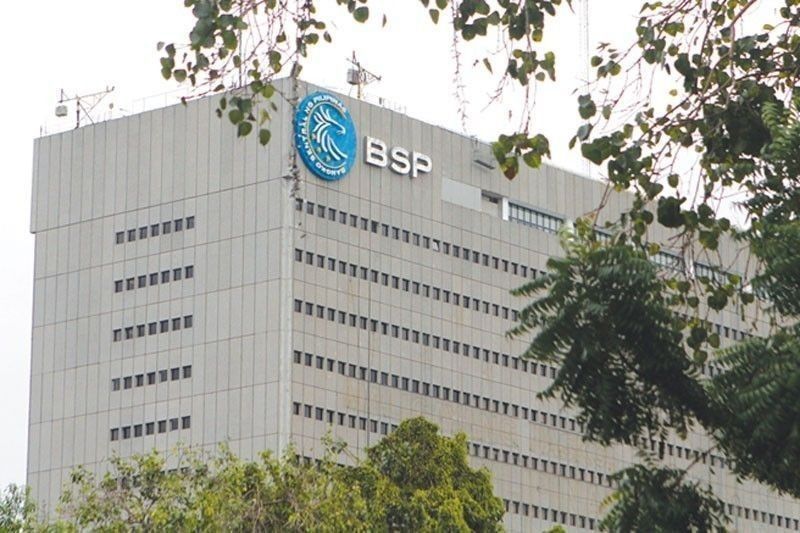Banks given until June 2024 to submit recovery plans

MANILA, Philippines — The Bangko Sentral ng Pilipinas (BSP) reminded mid-sized banks to prepare and submit their recovery frameworks against extreme stress scenarios to restore viability of banks and ensure continuity of operations.
BSP Deputy Governor Chuchi Fonacier said in a pre-recorded message during the 2023 annual convention of the Chamber of Thrift Banks (CTB) that the recovery plan requirements, which were previously applicable only to domestic systemically important banks (DSIBs) or depository corporations, were expanded to apply to all banks, including thrift banks.
“Banks should have recovery plans in place to be able to respond quickly, effectively, and credibly to situations of financial stress to protect depositors and, in turn, safeguard the stability of the financial system,” Fonacier said.
Fonacier said the COVID-19 pandemic brought to the fore the need to ensure that all banks have the ability to restore themselves to financial soundness in a timely and orderly manner.
To give time to develop their frameworks, the BSP official said banks were granted a transition period to submit their first recovery plan on or before June 30, 2024.
Recovery planning is an important process to reduce the potentially significant risks posed by a bank’s distress or disorderly failure to the stability of the financial system and the economy.
Recovery planning is a fundamental element of a risk management framework as it enables banks to respond quickly, effectively, and credibly to situations of financial stress to protect depositors and other customers, as well as to promote viability and maintain shareholder value.
Fonacier said the banks, including government-owned banks, are required to submit recovery plans commensurate to their size, nature, and complexity of operations, overall risk profile and systemic importance.
Fonacier said the country’s thrift banks remain stable and resilient to external shocks, with indicators registering improvements from the previous year.
According to Fonacier, the performance of the thrift banks modestly follows the positive trend of the Philippine banking system (PBS), which continued its robust performance, as evidenced by sustained expansion in assets, deposits, and profit, as well as stable capital and liquidity buffers and ample loan loss reserves.
The thrift banking group’s total assets inched up by 2.2 percent to P949.7 billion as of the end of June, funded mostly by deposits that rose by one percent to P717.2 billion.
“This figure suggests that thrift banks continue to enjoy the confidence of depositors and point to room for the thrift bank industry to grow further,” she said.
The loan book of thrift banks went up by 14.1 percent to P647.7 billion as of the end of June, fueled mainly from loans to the household sector.
The earnings of thrift banks jumped by 27.1 percent to P9.8 billion from P7.7 billion.
“This exceeded the pre-pandemic compounded annual growth rate in net profit, which averaged at 5.3 percent,” said Fonacier.
Despite the challenges faced over the past year, CTB president Cecilio San Pedro said the thrift-banking sector has showcased remarkable stability and growth, underpinned by several key indicators that underscore its robust performance.
“The past year has been marked by a positive trajectory in the thrift banking sector’s performance. Despite the challenges faced, the industry has managed to not only maintain its stability, but also achieve substantial growth across various crucial metrics. This success speaks to the industry’s strategic focus, prudent management, and unwavering commitment to its core operational niches,” San Pedro said.
- Latest
- Trending


























